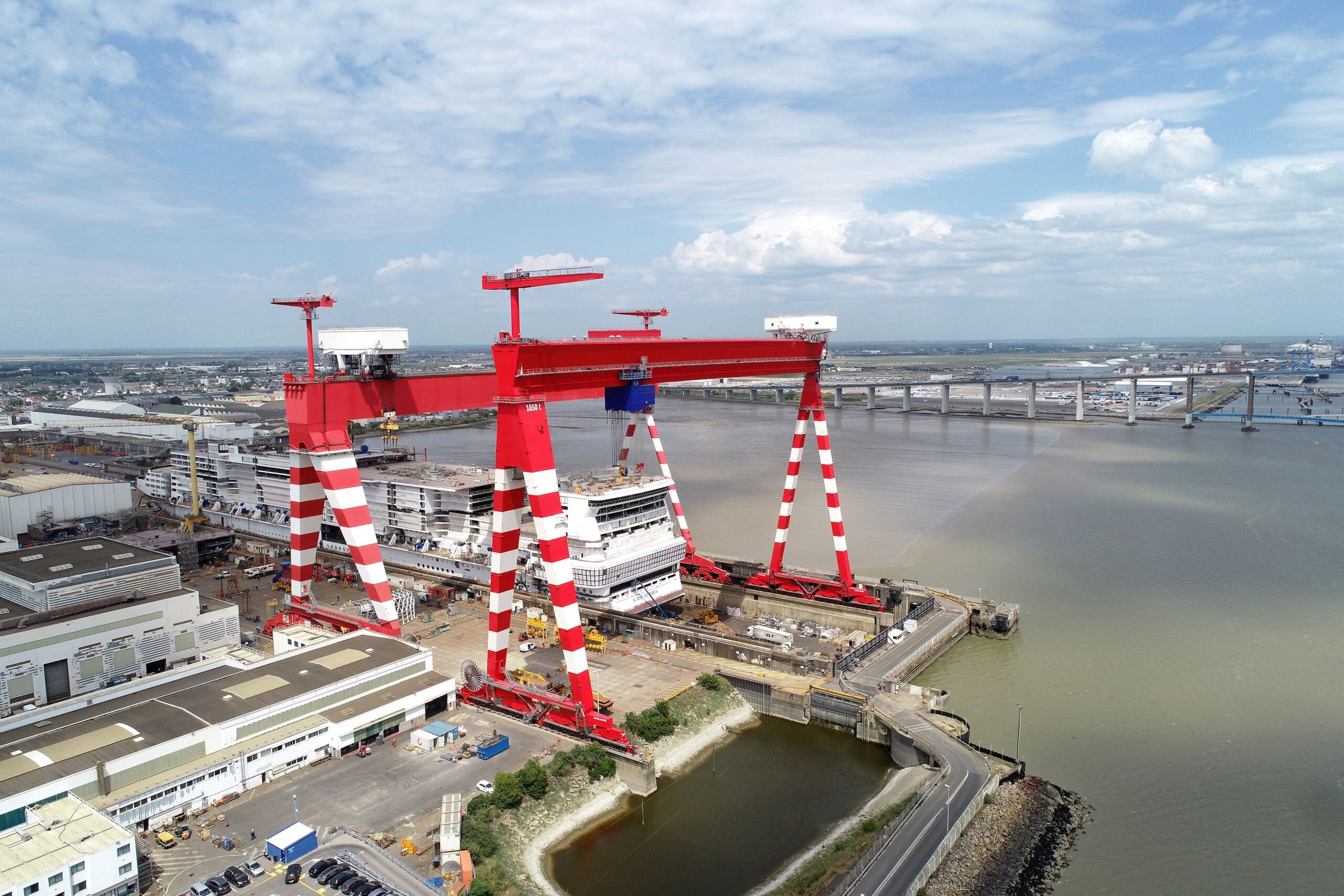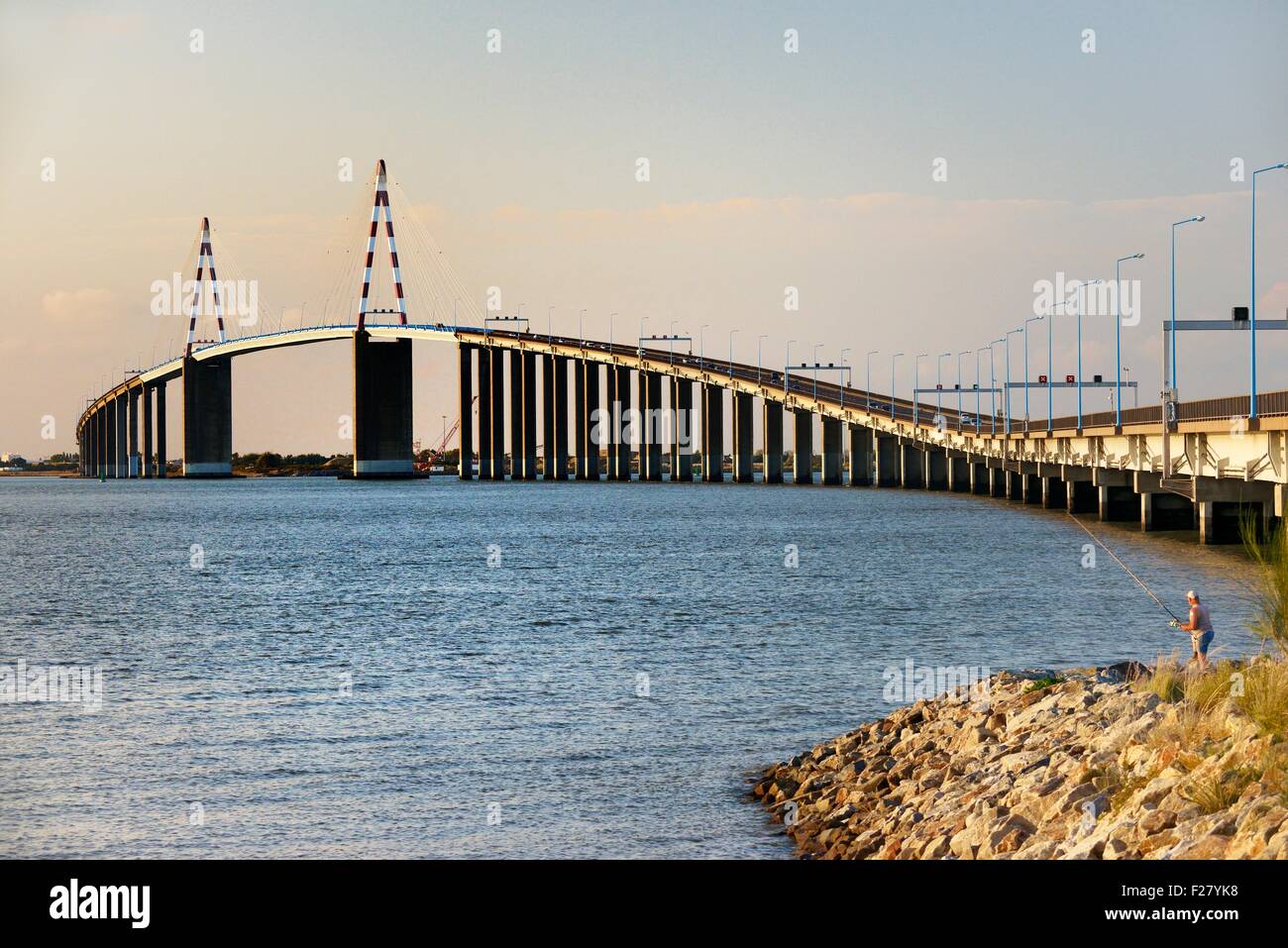
WEIGHT: 54 kg
Bust: Small
One HOUR:30$
Overnight: +60$
Sex services: BDSM, For family couples, 'A' Levels, Female Ejaculation, Parties
Such as seeing boats you only see in the yachting magazines or on social media. This is because I have to travel a lot. Lucky me, again: One day in between these appointments, a Wednesday, was without any commitments so I sat myself in the car and drove northwards. Passing the inspiring St. Nazaire bridge it took me one hour driving more to reach my destination: Lorient. It may well be most important city of sailboat racing in the world. As a German I felt it would be interesting to take a look at this racing machine first hand and hoped for some luck.
What a great occasion! So I decided to have not just a little walk around but to take my time to walk back and forth between those two new boats of which the sailing world is talking all the time. In general one must understand that Imoca boats have to be designed inside the Imoca class box rule. A set of numbers, maesurements, requirements and restrictions within the boats must be set up. Later more on this. As much as I love looking at boats, racing boats especially, the one single most and biggest change of this latest generation of racing yachts may technically improve their sailing qualities a lot — but not in an aesthetical.

The times of fine entries seem to be over, MALIZIA 3 is the latest of a whole new generation of racers which incorporate this strange looking I might say ugly design that is said t be improving sailing abilities especially in rough seas a lot.
The bow itself is very, very voluminous and — watching from above — very wide. The waterline of the bow starts way back abaft, some metres before the hull touches water. A duckbill, or, to name it a bit less emotionally, a huge surfboard.

As with ordinary cruising the real enemy of the sailboat is not the wind but the swell. In an Imoca, the worst that can happen is undercutting: The bow pushes itself into a big wave at high speed, like a bullet into a wall. By increasing the volume of the bow and widening the body of the boat, the idea is to prevent undercutting and create much more lift in this section. Even in the heaviest seas and on an upwind point of sail, the boat shall now recover itself quickly if hitting a wave straight on was the issue.


































